The world’s next concert hall will look something like this
mainThis is the KWA design for the new Beethoven hall in Bonn.
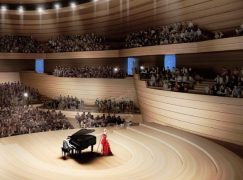

This is the KWA design for the new Beethoven hall in Bonn.

A social media activist has circulated a video…
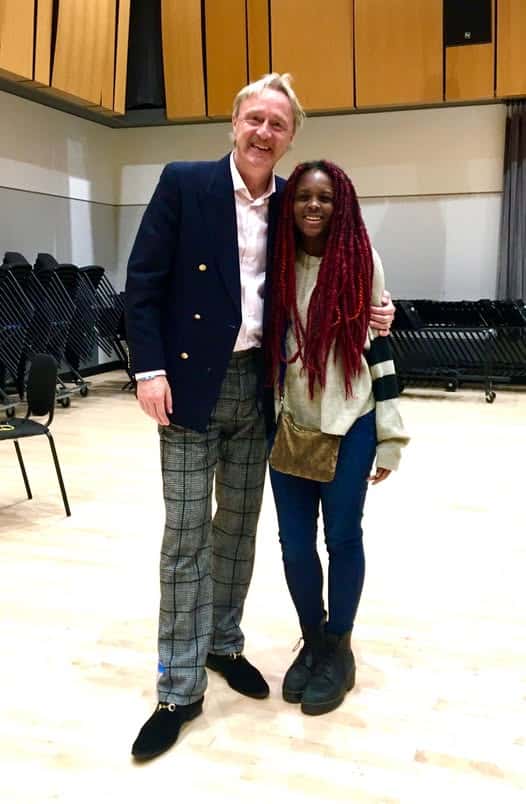
We’re hearing that cello professor Melissa Kraut has…
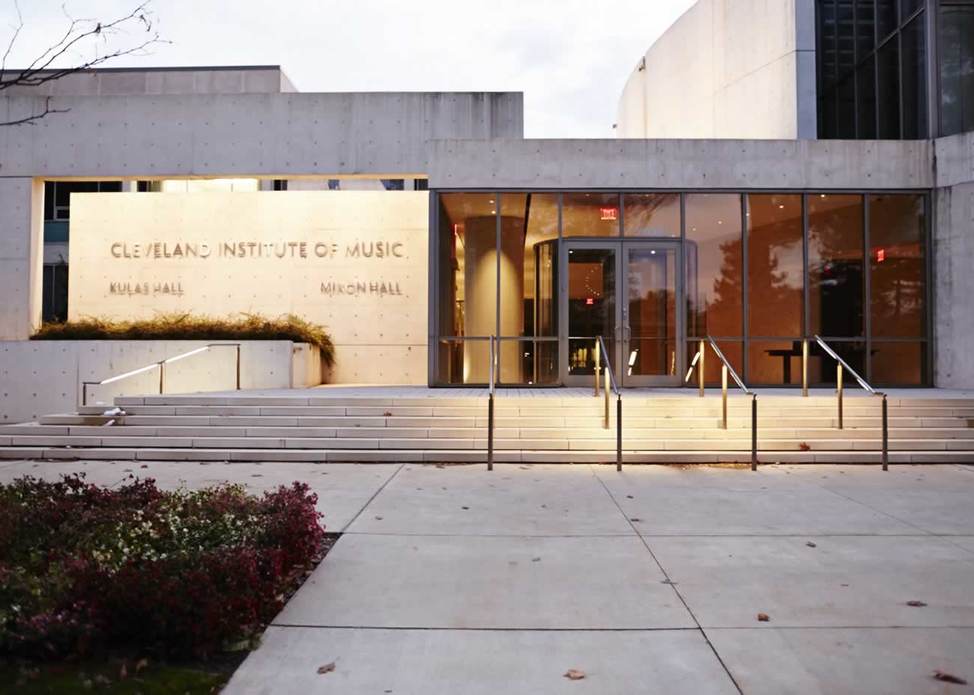
The orchestra of Spain’s poorest region has just…
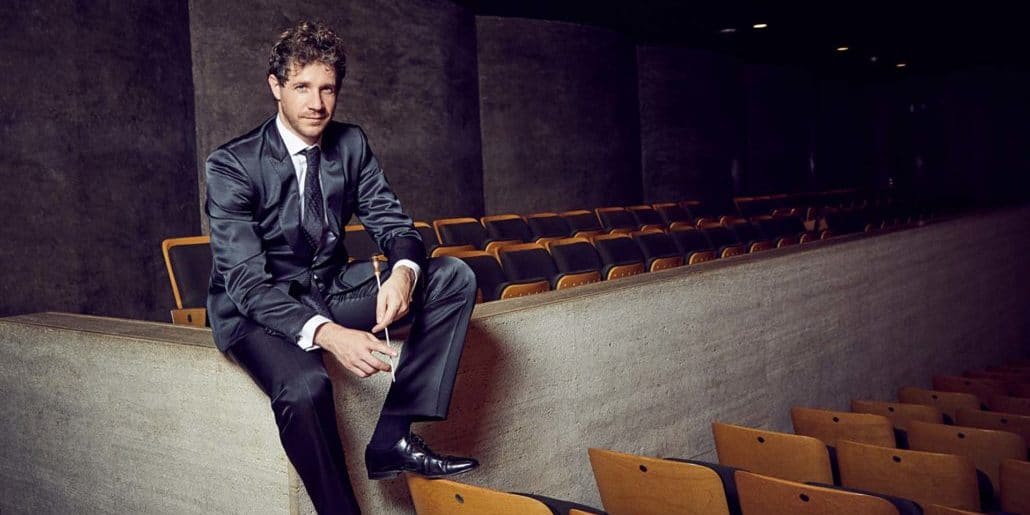
Jessica Duchen has an eye-catching provocation in the…
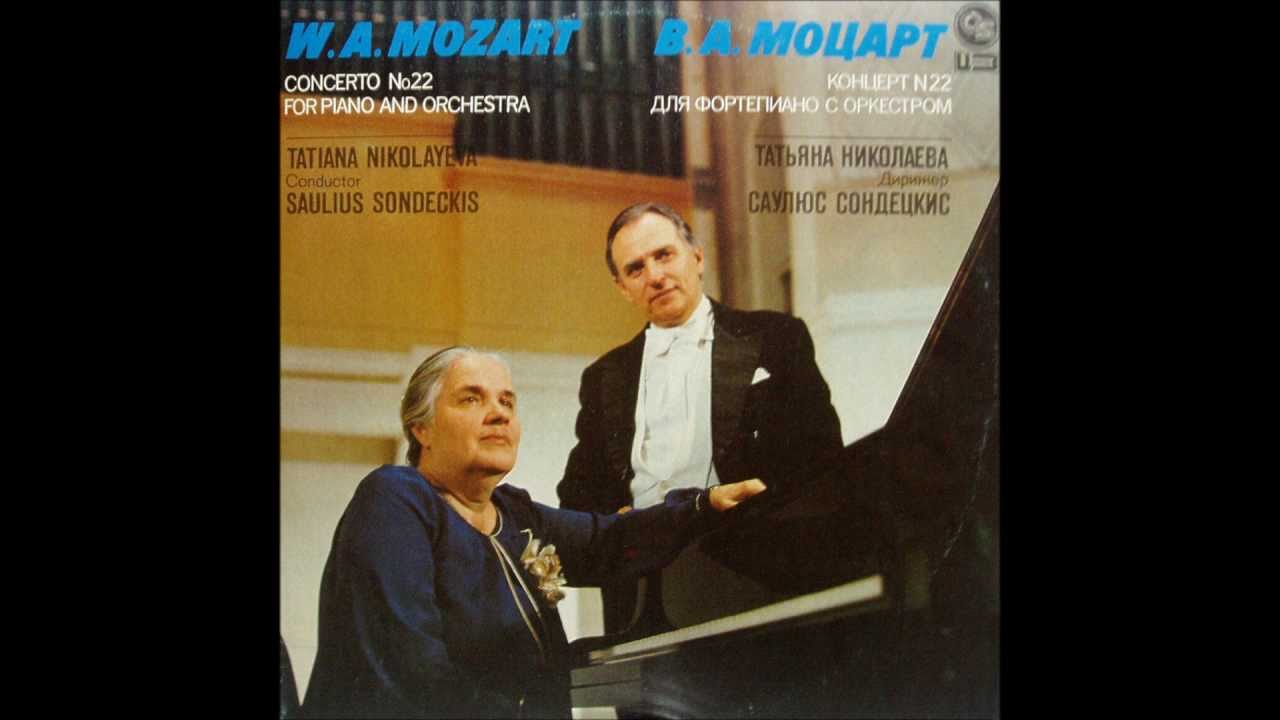
Session expired
Please log in again. The login page will open in a new tab. After logging in you can close it and return to this page.
The less it looks like something related to classical music, the better, so that playing Beethoven in that hall demonstrates the anachronism of such non-modern activities.
The world is changing and the design is drifting from barocco – rococo to a more laconic and simplifying style. The only thing is unchangeable for that kind of premises and this is the music. Encrypted in notes it is what glues centuries and trends. It is interesting to notice that
the melodies sound contemporarily regardless to the entourage ( both meanings 😉 ) … just my opinion of course
And “the design is drifting” from allowing the audience to sit close to the performers to keeping them as far away as possible. Look at those vast spaces of nothingness in this auditorium. Is it any wonder that the audiences are, and will continue to, drift away themselves?
no idea what you are talking about.
‘vast spaces of nothingness’
Doesn’t look like that at all
I’m just glad that they’re building/renovating such spaces!
I agree with you, David. It seems vastly impersonal with the atmosphere of the moon.
Agreed. It has the sterile ambience of a new shopping complex, hotel or hospital. Cold, like our times.
… and “Jesus is risen! ” to all regardless which premises you prefer
So much for the shoebox design for the best acoustics. Boston, Vienna, Watford.
“Boston, Vienna, Watford.”
Three words we don’t normally hear together.
Quite right though 🙂
Likewise Swansea and St Petersburg. When they visited back in the 1980s the Leningrad Philharmonic were enthusiastic about the Brangwyn Hall, a shoe box with a sprung floor where WNO and BBCNOW recordings used to be made.
While I realize that, the project being a renovation, they are bound to work within certain confines of the existing hall’s general shape, I do think an acoustically more advantageous design should have been possible….different views of the hall, pre-renovation: http://svengrosch.de/beethovenhalle-bonn .
And if course Amsterdam!
It’s great there unless you’re stuck, as I was, behind one of those many posts and can’t see anything.
I don’t see anything wrong with a venue where people can actually see, hear and be comfortable. Bring it on!!
Except that the Musikverein is now too small and not fit for purpose, as it were. It’s very uncomfortable sitting in those seats on the sides, top and bottom. And the (removable) seats in the main floor area aren’t much better; OK we all stand up now, all 10 of us, because somebody wants to go to the toilet. And don’t lean back too hard because the whole row will lean back.
Not fit for what purpose? The acoustics is great. It’s often argued that some modern halls have less good acoustics because of their bigger size, like the Met (I suppose that’s Peter Gelb’s fault, somehow.)
I’m not talking about the acoustics but the uncomfortable nature of the seating, which is something of an endurance test. Right up the back you can see very little – too far away – and right up behind the stage there are plenty of seats where nobody can see anything. I’ve been there dozens of times and sat in lots of different spots; the ‘best’ is in the section from about 5 rows at the front, on the ends of the middle seats. Even then, swing back hard on them and the whole lot of them teeter backwards!! One has to ‘suffer’ for one’s art, unless part of the management team which sits on the balkon loge links, facing the stage, in the front row.
I am confused. You judge seats by view and not by acoustics?
The seats where you see well (close or side balconies upstairs) are acoustically inferior, when compared to the far balcony center and parterre center further behind. Moreover, the left side doesn’t her the piano anywhere as nicely as the right side.
Horrendous.
Nobody has noticed yet that some idiot put the piano with the back to the audience and the singer in a strange place too?
Goes to show how much the person who did this picture knows of classical performance …
Maybe it’s on a turntable! There’s audience behind the stage too.
Audience behind the stage? Haha. April fools day. Don’t think the backside of singers is THAT interesting.
Above & behind as well to the sides. This is everywhere.
a few, yes. but not substantial numbers.
Postfactual age.
Decline of human intellect since the onset of the mass media age.
Who would be so utterly stupid, to design a stage layout, where a singer would have substantial amounts of the audience behind him?
There are mixed blessings for both shoe-box and audience-surrounded plans, as there are with the theatrical equivalents (proscenium and in-the-round). Theatrically, imaginative directorial talent can make surround-audience members’ experience equal to (though different from) those viewing from the traditional fourth-wall. Concert planners have a long way yet to do the same, except for those who want to see pianists’ hands and conductors’ faces, and those who find the time-lapse between visual (musicians’ movements) and aural (the resultant music) from large halls and amphitheaters. About the best that we can do is the Dudamel Pivot (bowing to back and sides). As to the dorsal soloist. we’ve coped with the conductorial equivalent for centuries. There aare even workarounds here, however: I remember often seeing Zubie’baby’s right shoulder as he paid attention to the concertmaster.
All nonsense. As long as the human voice is directional (and so are many classical instruments), nothing really can change that natural law.
The old Greek used amphitheaters with audience all around only for sports, horse races and gladiator fights. For visual spectacles.
We must thank the insurmountable vanity of a Herbert v. K., who brought classical music to the circus.
I thought it was perfectly normal for such a hall.
It’s not too late to turn this hall into a garage.
Oh, for the day when a so-called architect might actually consult the performers and ask what they need, like: separation from the audience, formal structure, excellent acoustics (which come from “baroque” ornamentations and varied surfaces), something visually inspiring, something to look at, that makes it look like you are looking at the audience when you are actually trying to concentrate, like a low chandelier. The New York State Theater is an example of an almost-brutal modern theater that yet has decorative ornamental pieces on the balconies, albeit metal instead of plaster. All those curvy surfaces would just make me feel dizzy and nauseous.
It looks interesting, if a little anaemic. It says something about the architects, surely, that the piano is facing the wrong way entirely and its relationship with the singer is all wrong.
Of the designs under consideration, this was the one least likely to have good overall acoustics, due to the quasi-surround audience and it’s substantial deviations from shoebox design principles. The other designs can be seen here:
https://www.archdaily.com/566029/chipperfield-among-three-shortlisted-schemes-unveiled-for-beethoven-house-of-music
I’m getting confused: Is it possible we are talking about two different things here?
The Beethovenhalle Bonn seems to be asking for donations to preserve the hall as it is. The link posted by Sixtus seems to refer to a “Festspielhaus” that is a completely new building. Is there a final decision on either building yet? Help appreciated.
The article linked to in Sixtus’ post is irrelevant at this point. The article is from 2014 and much has changed, most importantly, the project discussed in that article was abandoned late in 2015.
Originally, there were plans to build a completely new concert hall in Bonn, the “Festspielhaus Beethoven” or “Beethoven Festspielhaus Bonn”, to open in time for Beethoven’s 250th birthday, spearheaded (and paid for) mostly by three big businesses in Bonn; Deutsche Telekom, Deutsche Post and Postbank. Over a period of several years, roughly from 2007 to 2015, the project plodded along, never really gaining decisive momentum. In the end, a culmination of different issues and the project’s last big sponsor,
Deutsche Post, jumping ship, led to the plans for a completely new build to be abandoned in 2015.
It was then decided to adopt “Plan B”, a large scale renovation of the existing Beethovenhalle interior and exterior for a cost of ~ €80mio (an option that had been discussed for some time beforehand and is actually favored by many locals).
It is this project that is in the works and of which the picture in the thread’s intro stems from.
A comparison of the interior renderings in the cited article with the picture in NL’s post shows that they are basically keeping the same, acoustically risky, interior arrangement but lowering the height of the balcony in order to cram the whole venture into the already-too-low interior of the original building. Two wrongs will not make a right. The result ain’t gonna be an acoustical silk purse.
Considering it’s a constant back and forth among the politicians, who knows how the hall will look. Recently some politicians have voiced a preference for tearing it all down and building a new hall again. It’s to the point where many are considering halting the work to take time and rethink the project…
Trying to fit a better hall into the space occupied by an acoustically inferior space rarely works out, especially if that space isn’t capacious enough to begin with as is the case with many halls built in the 50s and 60s with their too-low ceilings. The one thing any future renovation of Philharmonic/Fisher/Geffen hall in NYC has going in its favor is that the outer shell of the building is large enough to contain any number of good approaches to a revised interior space. Whether a good approach is ever chosen only time will tell.
Thank you for explaining!
@Petros: it doesn’t seem too much of an ask to build a venue where people can actually see – especially when there are singers performing as soloists. I’m suggesting the venue which people are discussing here, uninteresting architecturally as it might be, actually houses audience who can see!! What’s not to love? If I want just acoustics I’ll stay at home with my hi-fi.
I actually want a live orchestra in a hall to sound better then my hi-fi. My favourite is Musikvereinssaal balcony first row.
What’s the point of seeing a singer, but hear them barely or not at all? Like it is the case when you sit sidewards or even behind him/her?
You seem to be a rare species, who attends classical music concerts primarily for the visuals.
Really, what’s the point? The emotion is mostly in the music anyway, at least with the good musicians. Nice to see them as well, but that’s more like a bonus on top, which should never be on the cost of the acoustics.
Maybe in Opera the visual expression of the face is important too, to understand the acting better, but that requires one to sit in front of the singer as well. The layout of the opera is the way it is for a reason.
Played that crazy room in Hamburg- is Bonn in competition? Nice!